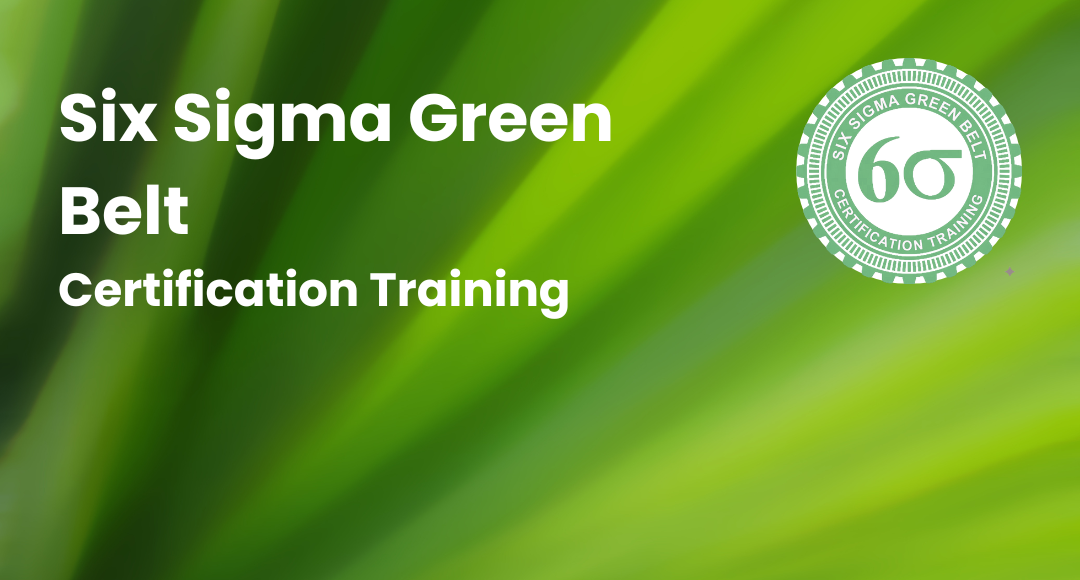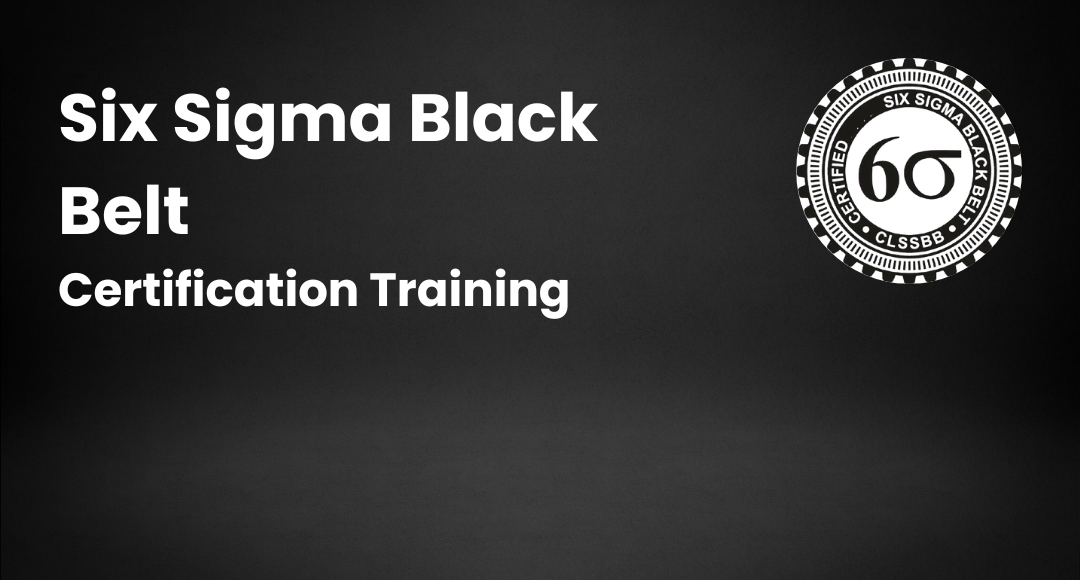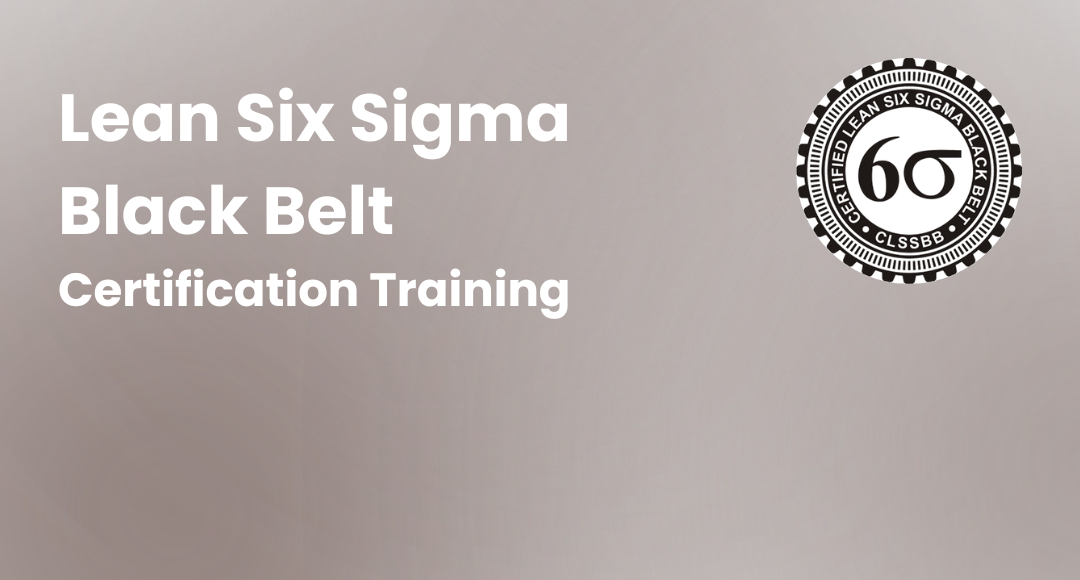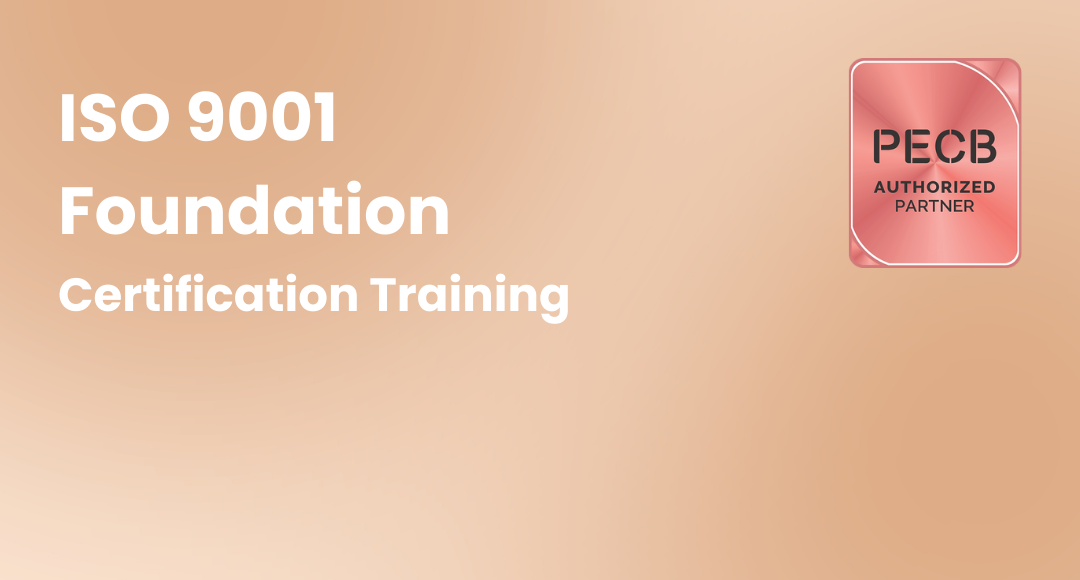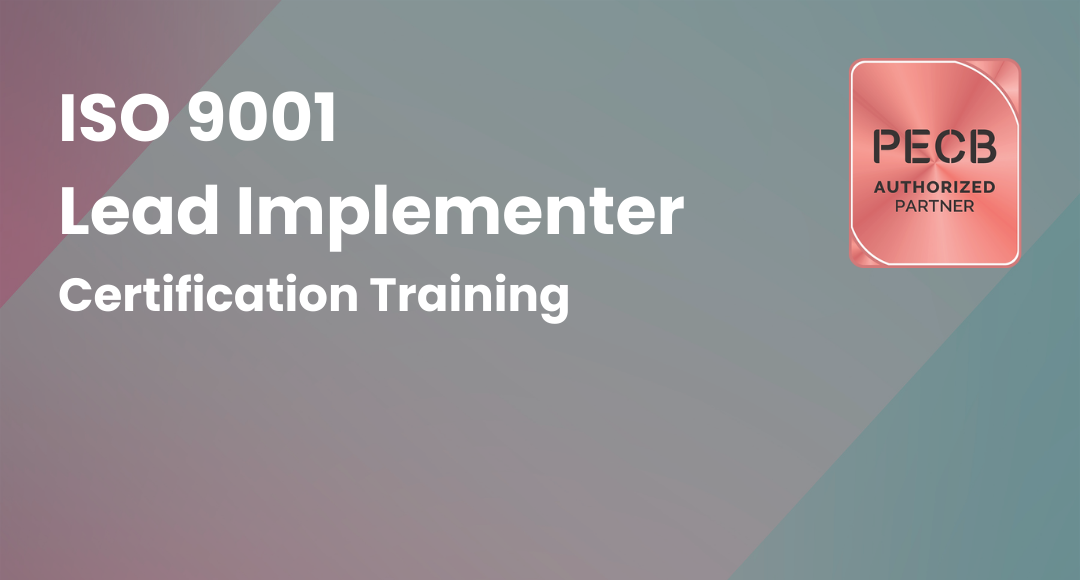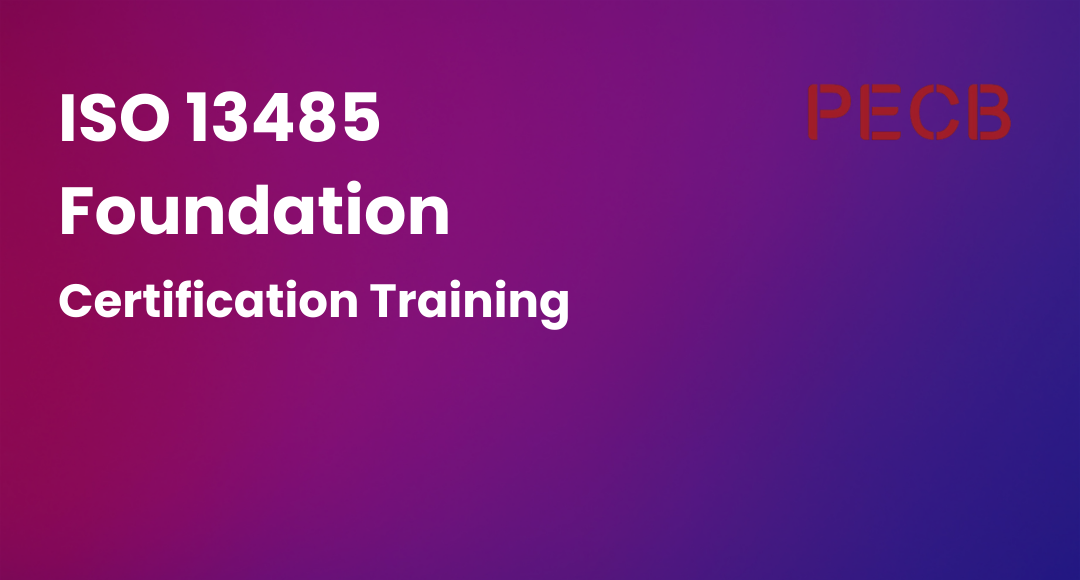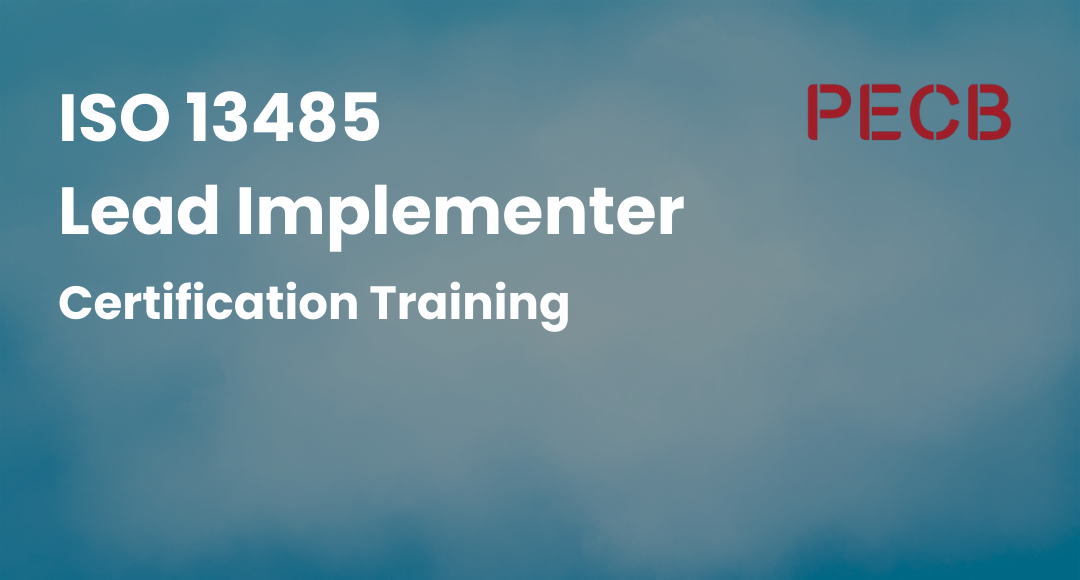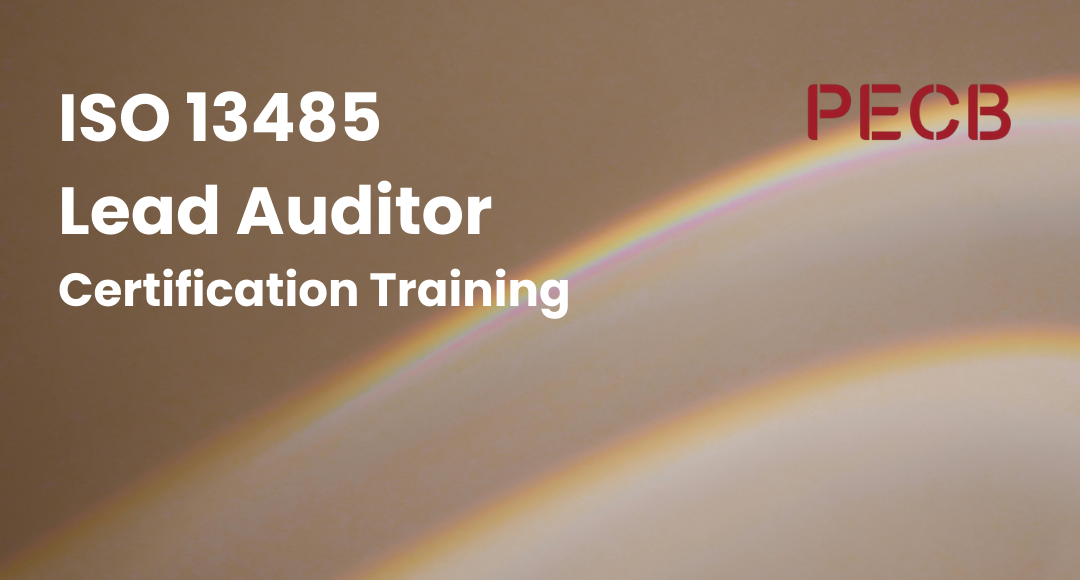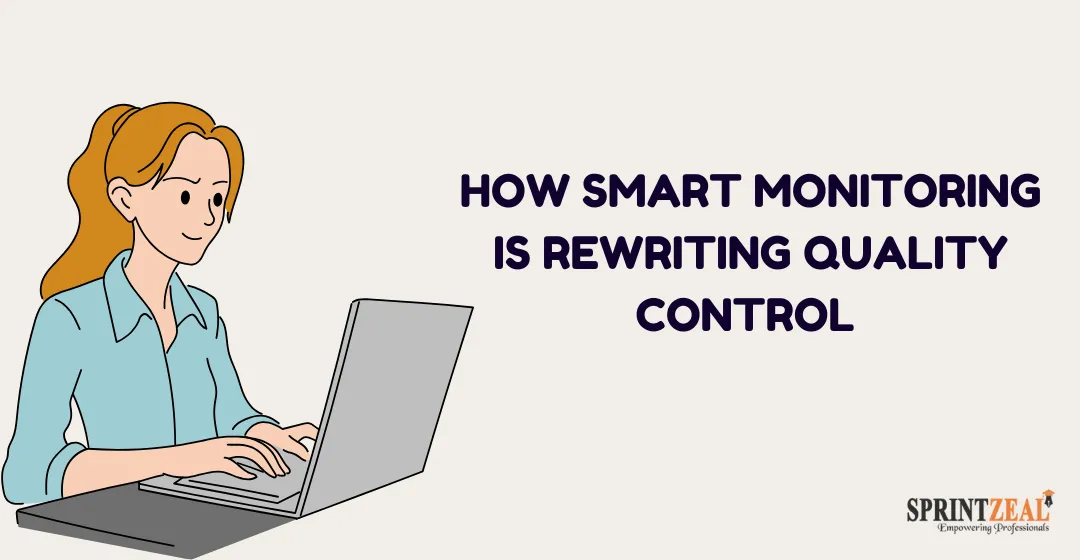A Comprehensive Guide to Quality Management Systems
-
 By Afra Noorain
By Afra Noorain - Published on Aug 20 2025

An Introduction to Quality Management Systems
In this competitive business scenario, it has now become a necessity to deliver outstanding quality, no matter if it's a product or a high-demand project.
Thus, for situations like this, quality management systems play a very critical role.
A QMS, or Quality Management System, provides a very well-structured foundation, which is very advantageous for various firms and companies to fulfill their regulatory as well as consumer needs and preferences in a very consistent manner.
It is also very helpful when it comes to enriching the performance of the employees and make way for an environment that encourages continuous skill development.
Table of Contents
Quality Management Standards
Even though it's not compulsory, adhering to quality management standards such as ISO 9001 certification will provide you with a very structured approach to building a QMS. Quality management standards are based on the principle that organizations should consistently meet customer and regulatory requirements.
Along with this, one more important thing that we have to consider is that these outlines also make way for the parameters within which your quality management systems can stand strong and effective.
For instance, ISO 9001 certification outlines the requirements for a customer-centric approach, leadership involvement, along with continual improvement, all of which are essential elements of a successful QMS.
One of the most recognized standards is ISO 9001, which outlines the criteria for a quality management system and is used globally across various industries. Some other quality management standards are - Six Sigma, Total Quality Management (TQM), and Lean.
Key Principles of a Quality Management System
The following core principles form part of effective QMS implementation:
- Customer Focus:
Quality Management Systems are based on the basic principle of understanding and putting first the needs and expectations of customers.
It makes use of certain mechanisms and processes that are truly essential for fulfilling the quality objectives, which, no doubt, is very important when it comes to improving consumer satisfaction.
This shall be evident through product and service design about customer requirements, capturing customer feedback for identifying improvements, and creating a culture of responsiveness to concerns raised by customers.
- Leadership Commitment:
Strong leadership actively promotes quality within the organization. This can be achieved by allocating necessary resources for quality management systems implementation, setting clear quality objectives, and visibly demonstrating a commitment to continuous improvement. Leaders who champion quality set the tone for the entire organization.
- Engagement of People:
Quality Management Systems will be successful only through the hands and minds that put them into operation. It includes empowerment of workers at every level in the embodiment of a culture of ownership for quality improvement.
This applies to providing employees with the training and resources to understand their role in the QMS and actively participate in quality improvement initiatives.
- Process Approach:
Basically, any organization is a set of interrelated processes that transform input into output. So, Quality Management Systems primarily focus on understanding and optimizing the core business processes to ensure the best possible quality.
This, hence, involves the definition of critical processes, identification of potential problems or areas for improvement, and putting controls in place to ensure effective processes.
- Continual Improvement:
The best quality management systems are never static. A core principle is the concept of continual improvement, meaning that an organization should foster a culture of learning and development that is continuous.
This can be done through the periodic determination of whether the QMS is effective, the identification of the areas where it is not, and the adaptation or corrective actions for these shortcomings.
- Evidence-Based Decision Making:
Decisions need to be based on the analysis of data and information, which would ensure that the action taken is not only objective but also measurable for improvement.
- Relationship Management:
Maintaining strong relationships with stakeholders, including suppliers, customers, and employees, is vital for sustained success.
Collaborative partnerships can lead to mutual benefits and enhanced quality performance.
Learn more about the Essential Components of a Quality Management System.
Implementing a Quality Management System
Implementing a QMS involves a systematic approach to make sure every aspect of your organization's processes and quality policies is effectively managed and continuously improved.
Define Scope:
The scope of the quality management systems defines the overall first activity during implementation. It is essential to determine what part of an organization will be covered and what specific processes will be included.
Defining the Quality Policy:
Write a clear and succinct statement explaining how your organization is committed to quality. A policy such as this one must be communicated to all employees and used as guidance for any decisions about quality.
Identify Processes:
Map out every critical process relevant to delivering your product or service, including everything from product or service design and development to production, marketing, and after-sales customer service.
Set Quality Objectives:
Establish quality improvement goals for your processes that are measurable. Such objectives should be specific, time-bound, achievable, relevant, and measurable (SMART).

Develop Procedures:
Develop documented instructions outlining how each process can most effectively be executed. Such procedures should be clear, concise, and simple for every employee to understand.
Train Employees:
Provide employees with the needed understanding to grasp their roles and responsibilities within the QMS. Conduct training on quality standards, processes, and the significance of quality management in an organization.
Implement and Monitor:
Put your QMS into operation and track its actual efficiency, including data on process performance, customer satisfaction, and other metrics that relate to the case.
Internal audit:
Continuous internal auditing helps identify the area that needs correction and ensures sticking to quality standards. Audits should be objective and undertaken by trained personnel.
Review and Improve:
The Quality Management Systems shall be periodically reviewed for continual improvement to ensure their effectiveness and relevance. Establish the areas where there might be improvement, take corrective action, and update documentation about the QMS.
Learn more in our latest article on How to Effectively Implement a Robust Quality Management System.
Quality Management Systems Types
While ISO 9001 is the one that is probably best known, several QMS models have their particular strengths; the types of quality management systems include:
Six Sigma:
A data-driven methodology that uses statistical analysis to identify and eliminate defects in processes. Six Sigma focuses on minimizing variation and achieving near-perfect quality levels.
Lean Manufacturing:
This one emphasizes the elimination of waste and optimization of processes to ensure that maximum value reaches the customer. Lean principles are efficiently adopted with a quality management system for continuous improvement.
TQM, or Total Quality Management, is an overall approach to quality management that considers constant enhancement in every area of the business, from the design of its products to customer service.
Lean: Lean methodology emphasizes waste reduction and value creation for the customer through efficient processes.
To explore more types, read our latest article on the 7 Important Types of Quality Management Systems.
Key Components of Quality Management Systems (QMS)
Mechanisms and processes—
This mainly includes recording and taking into account the various key processes and mechanisms that are related to the production, management, as well as delivery of the specific product or service.
Goals and Policies—
Quality Management Systems, or QMS, usually start with very well-structured goals and quality processes that are in relevance to the company’s goals and policy vision.
Constant enhancement—
It usually involves certain processes that are mainly used for evaluating as well as enhancing the performance and outcome of a project, which are mostly focused on quality.
Key duties—
Quality management systems define the key duties along with the important roles of the employees and professionals who work for quality management.
Quality Management Systems Benefits
A good, functioning quality management system brings with it several benefits:
Improved Customer Satisfaction:
This is factual because the consistent delivery of quality results in healthy and happy customers. By focusing on meeting and exceeding customer expectations, quality management systems notably enhance satisfaction toward customers.
Better operational efficiency:
When processes are improved, they cause minimal errors, reduce rework, and increase general efficiency. A quality management system can help identify and eliminate process bottlenecks, leading to quicker production times and reduced costs.
Improved productivity:
A culture of continuous improvement developed through a QMS

Challenges and Solutions
Even though QMS offers us a lot of benefits, there are certain challenges associated with it that you must know about.
Here we have tried discussing some of the challenges along with their solutions.
Resistance to Change:
Implementing a QMS often requires significant changes in processes and culture. Overcoming resistance involves effective communication, leadership commitment, and involving employees in the change process.
Cost:
Developing and implementing a quality management system requires investment in resources like training, documentation, and potentially certification. In most cases, the long-term benefits related to efficiency, reduction in waste, and customer satisfaction will be far more than the investments made.
Resistance among employees:
Change might face resistance. Proper communication regarding the benefits that a quality management system holds and employee involvement in the implementation process can help overcome the resistance to change and solicit buy-in.
Maintaining Compliance:
Keeping up with evolving standards and regulations can be challenging. Regular training, staying informed about changes, and conducting periodic reviews can help maintain compliance.
Maintaining Momentum:
Continual improvement requires ongoing commitment. Scheduling regular audits and reviews, setting clear quality goals, and celebrating successes can help maintain momentum and keep the focus on quality.
The future of QMS is likely to be shaped by several key trends:
Integration with Technology:
Quality Management Systems software and cloud-based solutions will play an increasingly important role in managing processes, collecting data, and facilitating continuous improvement initiatives.
Focus on Risk Management:
A proactive approach to risk identification and mitigation will become more integrated within Quality Management Systems to prevent potential quality issues before they occur.
Sustainability Integration:
Environmental and social responsibility considerations will be increasingly embedded into QMS to ensure sustainable practices throughout the product lifecycle.
Future Trends
There are certain trends that play a very critical role in shaping the future of QMS.
Some of these are:
- Integration with Technology:
Quality Management Systems software and cloud-based solutions will play an increasingly important role in managing processes and facilitating continuous improvement initiatives.
- Focus on Risk Management:
A proactive approach to risk identification and mitigation will become more integrated within quality management systems, which indeed will become quite useful to prevent potential quality issues before they occur.
- Sustainability Integration:
Environmental and social responsibility considerations will be increasingly embedded into QMS to ensure there are sustainable practices throughout the product lifecycle.
Conclusion
A well-designed Quality Management Systems (QMS) is essential in today's business world. By focusing on customer needs, fostering a quality culture, and continuously improving processes, a Quality Management Systems helps achieve operational excellence, enhance customer satisfaction, and ensure long-term success. Whether using ISO 9001 or a custom system, the principles of employee engagement, customer focus, and continuous improvement are key.
Elevate your organization's quality management with Sprintzeal's ISO quality management courses. From the ISO 9001 Foundation Certification to the ISO 13485 Lead Auditor Certification for the medical device industry, Sprintzeal provides the expertise and resources needed for success.
Visit Sprintzeal's Quality Management Training courses to learn more and invest in your organization's quality standards and professional growth. Subscribe to our Newsletter for the news, tips, and resources in Quality Management. Have questions or need more information? Contact us today—we are here to help!
Subscribe to our Newsletters
Popular Programs
Trending Posts
Lean Continuous Improvement Methods for Business Excellence
Last updated on Nov 21 2023
Six Sigma Certification – Everything you Need to Know About Getting Certified
Last updated on Nov 8 2023
Live Data, Faster Fixes: How Smart Monitoring Is Rewriting Quality Control
Last updated on Aug 27 2025
ISO 9001 Standard: Benefits and Certification
Last updated on Dec 11 2024
The Ultimate Guide to Lean Manufacturing
Last updated on Jan 5 2024
5 Lean Continuous Improvement Principles to Supercharge Your Operations
Last updated on Jan 2 2024
Categories
- Other 66
- Agile Management 56
- Cloud Computing 51
- Project Management 170
- Big Data 58
- Business Management 82
- Digital Marketing 73
- IT Service Management 29
- Programming Language 50
- AI and Machine Learning 68
- IT Security 109
- Quality Management 77
- IT Hardware and Networking 25
- Microsoft Program 4
- Workplace Skill Building 12
- Risk Management 9
- Information Security 8
- Leadership and Management 7
- Corporate Training and Development 1
Trending Now
Top Career benefits of Lean Six Sigma Green Belt
ArticleLean methodology, Six Sigma methodology and Lean Six Sigma Explained
ArticleSix Sigma Black Belt Certification – Value and Career Benefits in 2024
ArticlePareto Chart in Six Sigma - Explained
ArticleSix Sigma Certification Guide - A Professional's Guide
ArticleQuality Control Explained – Six Sigma
ArticleQuality Assurance in Six Sigma Explained
ArticleQuality Assurance vs Quality Control
ArticleTotal Quality Management - A Complete Guide for Beginners
ArticleSix Sigma Certification – Everything you Need to Know About Getting Certified
ArticleLean Six Sigma on Resume for Rewarding Career Benefits
ArticleSix Sigma Yellow Belt Certification - Six Sigma for Beginners
ArticleQuality Management Interview Questions 2024
ArticleQuality Manager Interview Questions and Answers for 2025
ebookService Delivery Manager Interview Questions and Answers (With Examples)
ArticleSix Sigma Interview Questions and Answers 2024
ArticleA Supply Chain Management Guide to Mastering Logistics End to End
ArticleSenior Quality Manager Interview Questions and Answers 2024
ArticleTop Quality Analyst Interview Questions and Answers 2025
ArticleFinancial Analyst Interview Questions and Answers 2024
ArticleRisk Manager Interview Questions and Answers 2024
ArticleCompliance Manager Interview Questions and Answers 2025
ArticleOperation Manager Interview Questions and Answers
ArticleHow to Become a Quality Manager - Career, Job Scope and Certifications
ArticleHow to become a Quality Analyst
ArticleSix Sigma Certifications - Reasons Why you Should Get Them
ArticleTop Qualities of a Good Manager and a Leader
ArticleLearn about Statistical Process Control (SPC) and its top applications
ArticleCost of Poor Quality - A Detailed Guide
ArticleImplementing 5S Methodology for Better Work Efficiency
ArticleWhat Is Lean Management?
ArticleBest Six Sigma Books in 2024
ArticleLeadership vs Management - The Ultimate Guide
ArticleQuality Assurance Plan - Six Steps To Quality Assurance Plan
ArticleOperational Planning Creation, Key Elements and its Benefits
ArticleA Complete Guide to Product Life Cycle Stages 2025
ArticleSix Sigma tools for DMAIC Phases
ArticleWhat Is Lean Manufacturing?- An Overview
ArticleThe Lean Continuous Improvement Model: A Comprehensive Guide
ArticleDMAIC vs. DMADV: Key Differences and Choosing the Right Six Sigma Methodology
ArticleA Deep Dive into the Power of Lean Continuous Improvement Process
ArticleIntroduction to Lean Manufacturing- Definitions, Framework, and More
ArticleLean Continuous Improvement Methods for Business Excellence
ArticleUnderstanding the Key Principles of Lean Manufacturing
ArticleSecret to Unlock Organizational Excellence: Stages of Continuous Improvement
ArticleLean Continuous Improvement: A Detailed Guide to Mastering Organizational Quality
ArticleLean Waste Management: The Ultimate Guide 2023
ArticleA Deep Dive into Lean Continuous Improvement Tools
Article8 Wastes of Lean - Strategies for Identification and Elimination
Article5 Lean Continuous Improvement Principles to Supercharge Your Operations
ArticleThe Ultimate Guide to Lean Manufacturing
ArticleUnderstanding Lean Manufacturing's Pros and Cons
ArticleLean Waste Reduction Strategies: Boost Efficiency and Cut Costs
ArticleTop 10 Lean Manufacturing Tools for Optimal Productivity
ArticleBeyond the Basics: Benefits of Lean Continuous Improvement
ArticleWhat are Quality Standards? | A Guide to ISO Standards
Article7 Important Types of Quality Management System
ArticleISO 9001 Standard: Benefits and Certification
ArticleBenefits of QMS Certification for Your Business
ArticleStep-by-Step Implementation Guide to ISO 9001
ArticleThe Ultimate Guide to ISO 9001: Boosting Quality and Certification Success
ArticleEssential Components of a Quality Management System
ArticleQuality Management System – QSM Approaches and Methodologies
ArticleHow to Effectively Implement a Robust Quality Management System?
ArticleExplaining QMS Documentation Structure: Benefits and Best Practices
ArticleWho Needs ISO 9001 Certification and Why?
ArticleKey Elements of ISO 9001:2015 Quality Management System
ArticleOvercoming Common Challenges in ISO 9001 Certification: Tips and Best Practices
ArticleBest Quality Management Tools
ArticleTotal Quality Management (TQM) vs. Six Sigma
ArticleQuality Manager Salary: What Freshers & Experts Earn in 2025
ArticleCertified Scrum Product Owner: Job Roles And Responsibilities
ArticleTips for Continuous Integration Testing: Streamlining QA
Article10 Quality Management Strategies Adopted by Top Managers
ArticleDMAIC for Warehouse Safety: From Hazards to Control
ArticleLive Data, Faster Fixes: How Smart Monitoring Is Rewriting Quality Control
Article

